Fish are bred and raised in a controlled environment as part of fish farming, commonly called aquaculture, a significant agricultural area. It has been an exciting and rewarding experience for me to work in fish farming for several years.
Fish farming has given me invaluable insights and experiences, from being a total novice to overcoming obstacles and expanding my business.
In this article, I’ll talk about my experience with fish farming, including how I did it, and its advantages and drawbacks. Fish farming has grown from my humble beginnings, with a few tilapia in my home pond, becoming a passion and a reliable source of revenue for me.
Starting Out in Fish Farming
I was eager and curious when I first started my fish-growing business.
I decided to try my hand at fish farming, since I have always been interested in aquatic life. I had no prior expertise, though, and I needed to understand more about the various fish species, their spawning patterns, and the most effective methods for fish farming. Unfazed, I began small by keeping a limited number of tilapia in my pond.
You can see below what my pond looked like when I started. Later I moved to another place.
I immediately discovered that fish farming is more complicated than it first appeared, when I constructed my pond and added the fish. Maintaining water quality, feeding the fish, and managing infections were just a few of the difficulties that needed to be solved. I realized that to make my business endeavor successful, I needed to educate myself and understand the nuances of fish farming.
Related: Worm-Farm: The Most Profitable Farm Per Square Metre
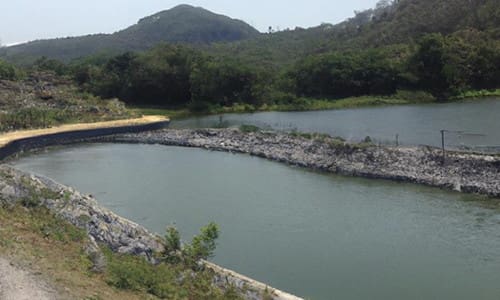
Overcoming Obstacles
Maintaining water quality was one of the most difficult things I had to deal with when I started fish farming.
Fish are susceptible to changes in the water’s pH, dissolved oxygen content, and temperature. To ensure the fish were happy and healthy, I had to learn to check and modify these factors constantly.
I had to deal with the possible illnesses that fish in a confined habitat may contract.
Fish can be prone to several illnesses and parasites, so I had to carefully check my fish’s health and take precautions, like water purification and quarantine procedures. To secure the health and life of my fish, I had to continually educate myself on fish illnesses and how to handle them.
A recent photo of catfish enjoying themselves.
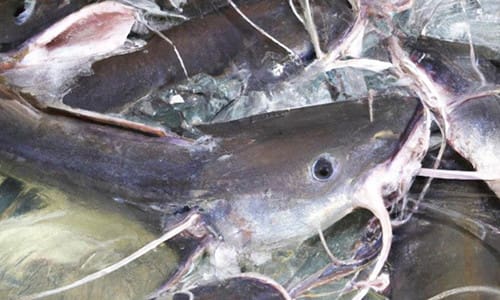
I also discovered that various fish species had different feeding preferences and needs. For instance, catfish are carnivorous and require a high-protein diet, but tilapia is an omnivores and may be fed various foods. I had to figure out how to balance the various feeds and ensure the fish received the proper nutrition.
I captured this picture of tilapia fish.
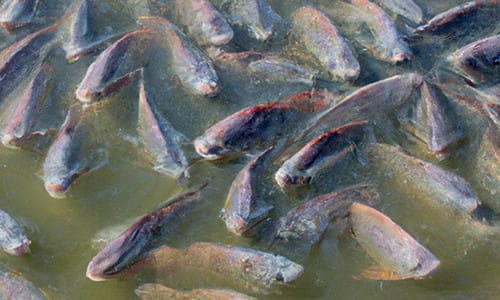
The Benefits of Fish Farming
Despite the difficulties, I have found fish farming to be a highly satisfying endeavor. Financial incentives are one of fish farming’s main advantages. There is always a market for fish since they are highly sought-after.
The fact that fish farming is a sustainable and ecologically beneficial practice is another advantage. Unlike conventional farming, fish farming only requires a few land or water resources. In addition, it generates less waste and pollution than conventional agriculture, making it a more sustainable option.
Additionally, fish farming makes it possible to produce healthy, high-quality fish that may be used as a protein source. As a fish farmer, I can manage the fish’s habitat and diet, producing them in healthy settings without using antibiotics or hazardous chemicals. Compared to wild-caught fish, which may be subjected to pollution and other environmental problems, this produces fish that are healthier and of greater quality.
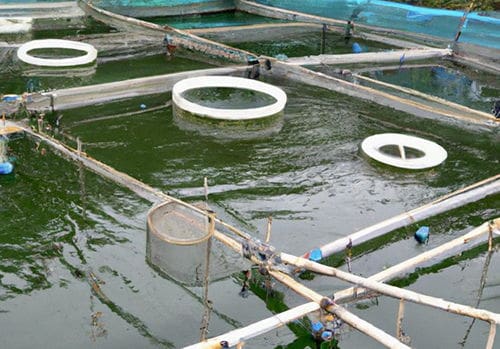
Scaling Up and Expansion
I decided to grow my business as my expertise and understanding of fish farming increased.
I began with a bigger pond and multiplied the fish I raised. I also changed up the species of fish I raised, introducing trout and catfish to my enterprise. I increased my consumer base and accessed new markets as a result.
However, it was gratifying to watch my business expand and succeed. As a result of the higher revenues from the increased production and sales, I could reinvest in the business to further develop and grow my fish farming operation. Seeing the results of my diligence and hard work was a rewarding experience.
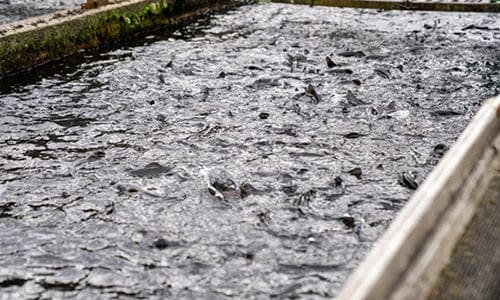
Knowledge Exchange and Community Development
As my understanding of fish farming increased, I understood how important it is to network with other fish farmers and share information.
I joined regional fish farming organizations, and participated in workshops and seminars to gain knowledge from other seasoned farmers, and share ideas and best practices. To assist prospective fish farmers in success, I also took the initiative to mentor and help them. I did this by imparting my expertise and experiences.
Creating a network of other fish producers has been quite helpful to me. It has given me fresh perspectives and methods and a forum to discuss my struggles and successes. Additionally, I have developed deep relationships with other farmers who are as passionate about fish farming, and as a community, we are still learning and developing.
Final Thoughts
My involvement in fish farming has been a remarkable adventure filled with difficulties, knowledge gained, and personal development. It has been a rewarding journey from my humble beginnings and lack of experience to developing my operation and becoming a successful fish farming company.
I’ve learned a lot about the complexities of fish farming and the significance of sustainable practices through overcoming obstacles like managing water quality, feeding, disease control, and predator prevention.
I advise anyone thinking about starting a fish farm to start small, educate themselves, and be ready to confront obstacles.
Fish farming may be complex, but it can be a rewarding and sustainable endeavor with perseverance, the right tools, and resources.
You may also like:
An Insanely Effective Way to Build a 5 Year Food Stockpile (Video)
The Dos And Don’ts Of Buying Livestock
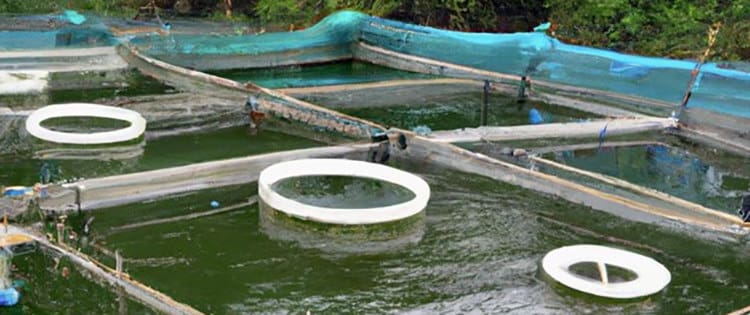
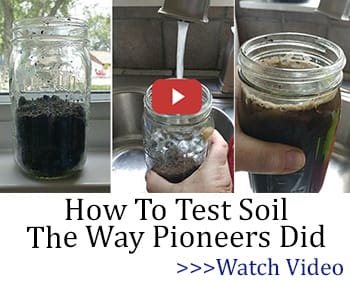








So this is interesting although very generic. Could you or do you have specifics you could share? For example, you mentioned starting with a pond. Did you move to another pond or did you use the pictured concrete tanks? What are the start up costs? Where do you source the starter fish? How about a list of some of the challenges and solutions?
Thanks,
Waully